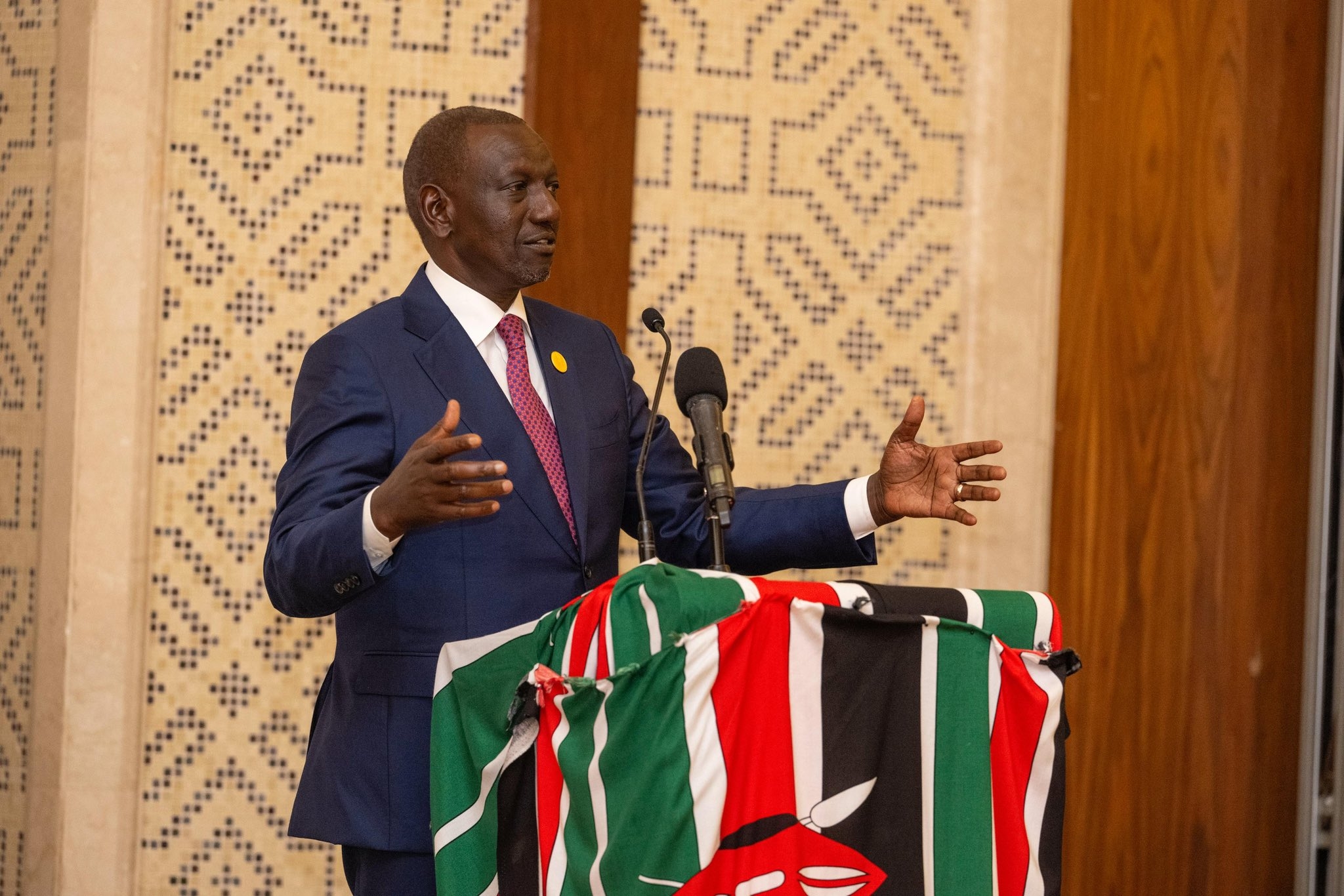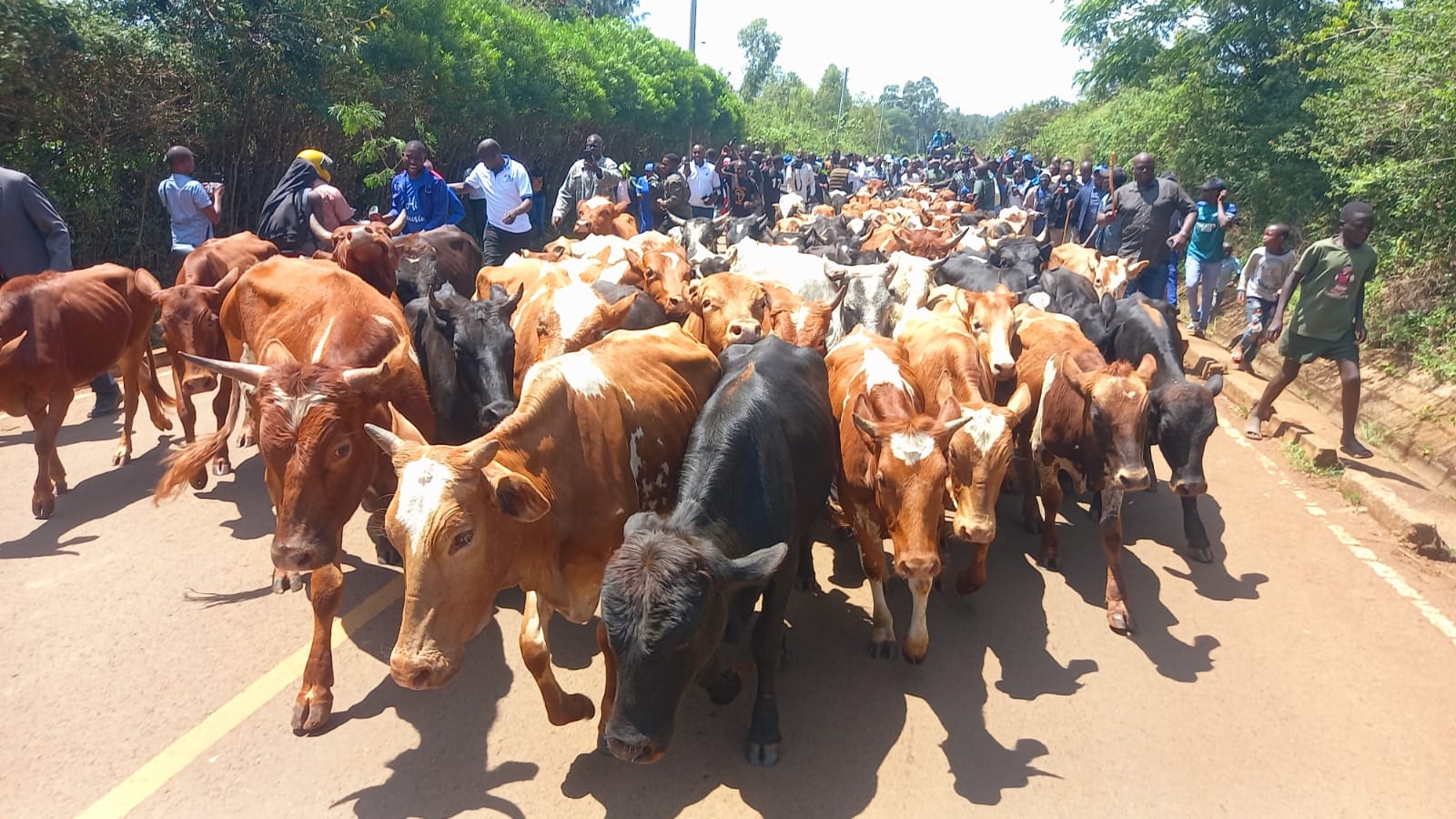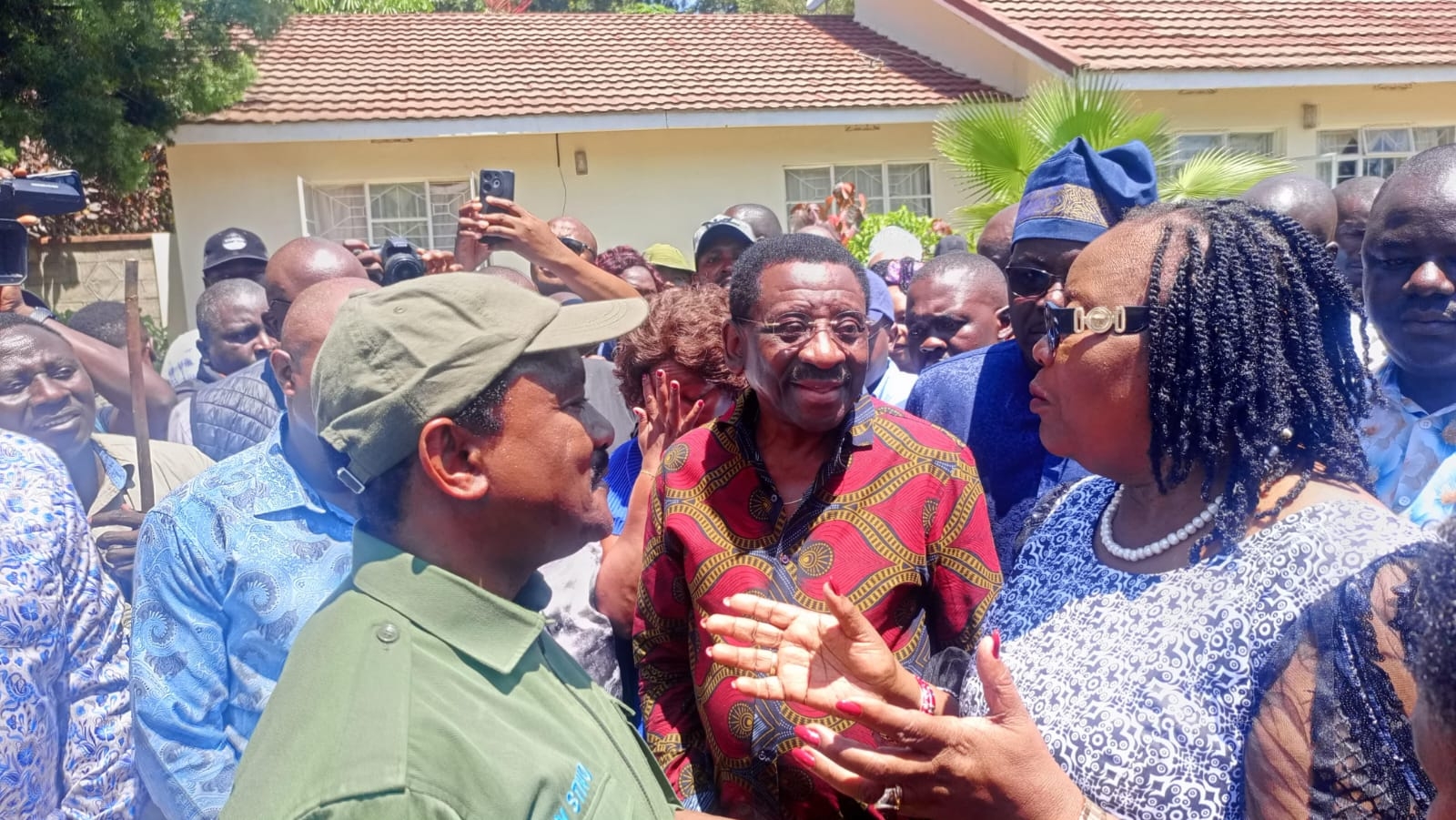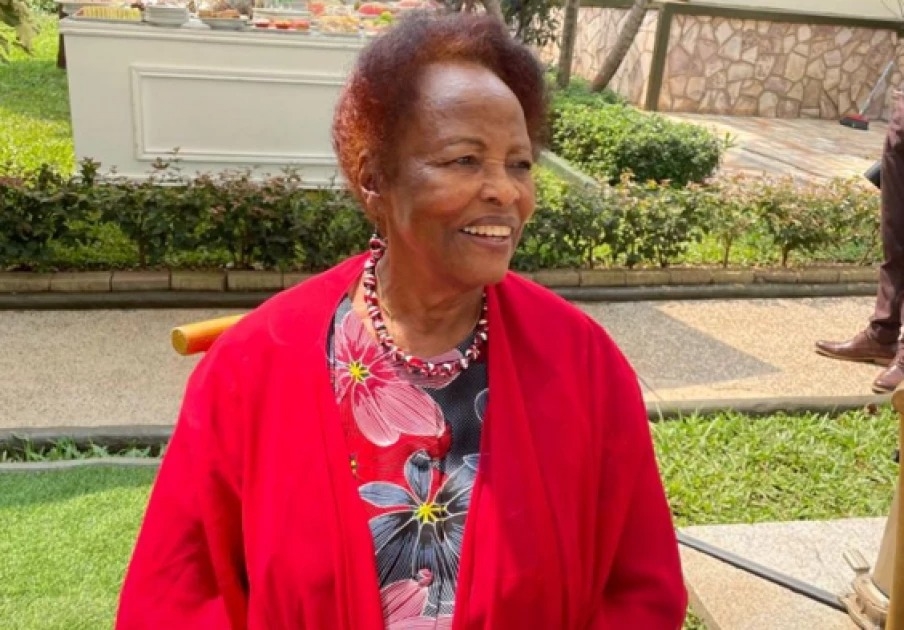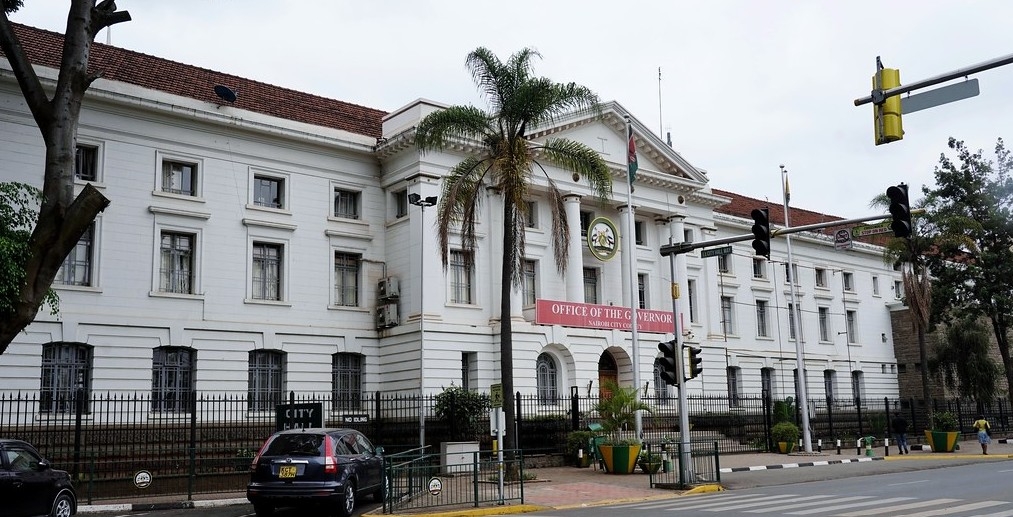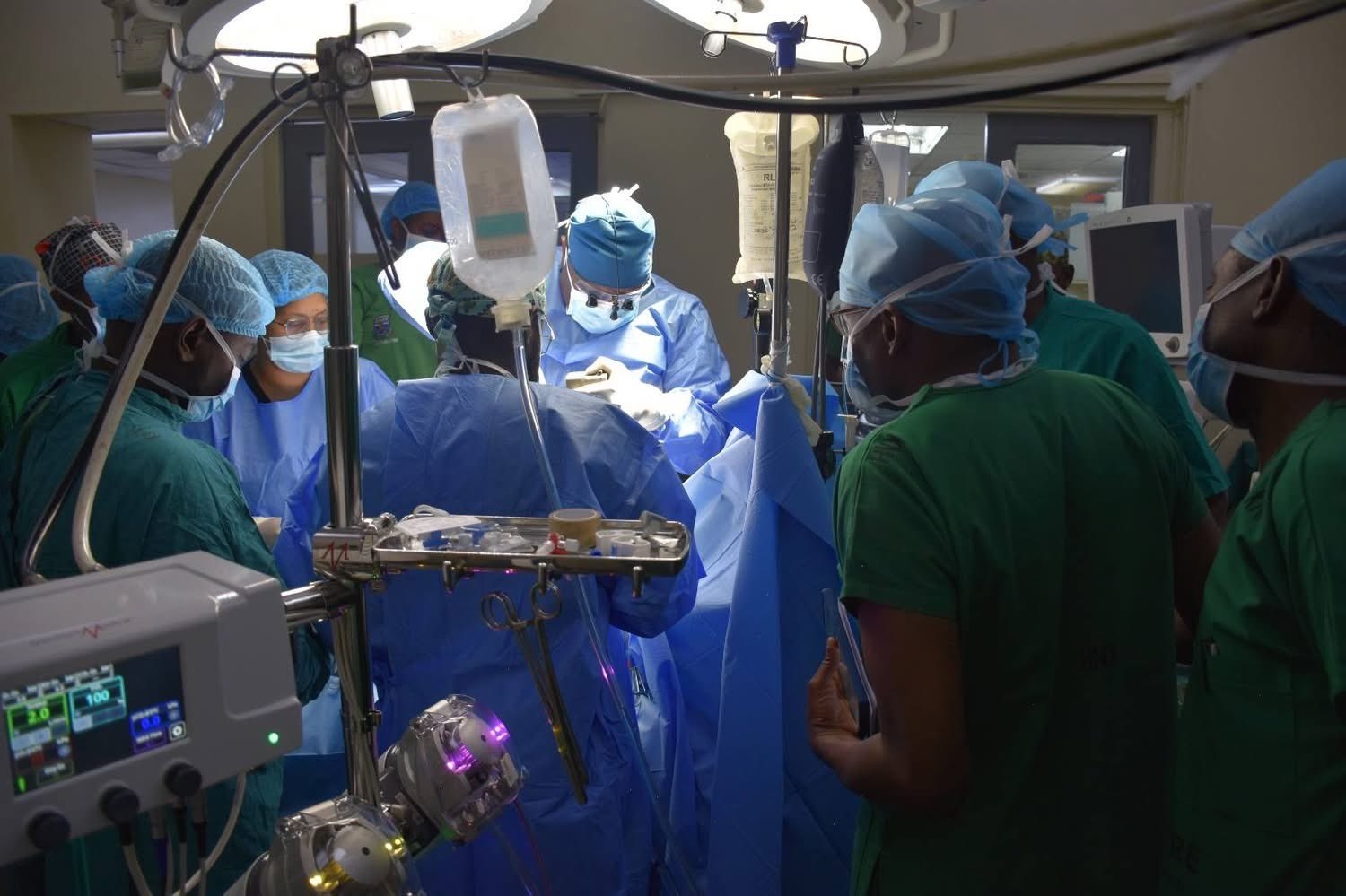Girls who received the first dose of the human papillomavirus vaccine do not need a second dose, experts say.
The World Health Organization said a single dose delivers solid protection against HPV, the virus that causes cervical cancer.
This could be a game changer for the prevention of the disease and more doses of the life-saving vaccine will reach girls.
Kenya introduced the jab in 2019 targeting 800,000 girls with two doses.
The East African region has the highest burden of cervical cancer in the world.
In Kenya, where HPV is the number one cause of cancer in women between the ages of 15 and 44, approximately 5,250 new cases are diagnosed annually.
The 4-7 April convening of the WHO Strategic Advisory Group of Experts on Immunization (SAGE) evaluated evidence that has been emerging over the past years that single dose schedules provide comparable efficacy to two or three-dose regimens.
"Often referred to as the ‘silent killer’ and almost entirely preventable, cervical cancer is a disease of inequity of access; the new SAGE recommendation is underpinned by concerns over the slow introduction of the HPV vaccine into immunisation programmes and overall low population coverage, especially in poorer countries," the WHO said in a statement.
More than 95 per cent of cervical cancer is caused by sexually transmitted HPV. It is the fourth most common type of cancer in women globally, with 90 per cent of these women living in low- and middle-income countries.
“The HPV vaccine is highly effective for the prevention of HPV serotypes 16 & 18, which cause 70 per cent of cervical cancer,” SAGE chairperson Dr Alejandro Cravioto said.
“SAGE urges all countries to introduce HPV vaccines and prioritise multi-age cohort catch up of missed and older cohorts of girls. These recommendations will enable more girls and women to be vaccinated and thus preventing them from having cervical cancer and all its consequences over the course of their lifetimes.”
WHO assistant director general Dr Princess Nothemba (Nono) Simelela said, “I firmly believe the elimination of cervical cancer is possible. In 2020 the Cervical Cancer Elimination Initiative was launched to address several challenges, including the inequity in vaccine access."
"This single-dose recommendation has the potential to take us faster to our goal of having 90 per cent of girls vaccinated by the age of 15 by 2030.”
Globally, the uptake of the life-saving vaccine has been slow and coverage in countries much lower than the 90 per cent target.
Consequently, in 2020 global coverage with two doses was only 13 per cent.
Several factors have influenced the slow uptake and low coverage of HPV vaccines including supply challenges, as well as the programmatic challenges and costs related to delivering a two regimen to older girls who are not typically part of childhood vaccination programmes.
Added to this has been the relatively high cost of HPV vaccines, particularly for middle-income countries.
Edited by A.N
“WATCH: The latest videos from the Star”



